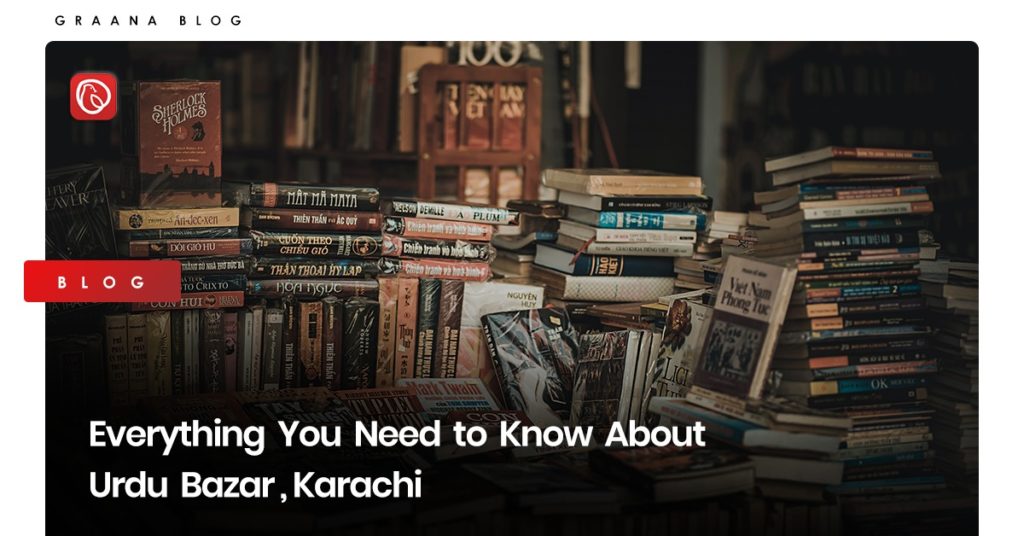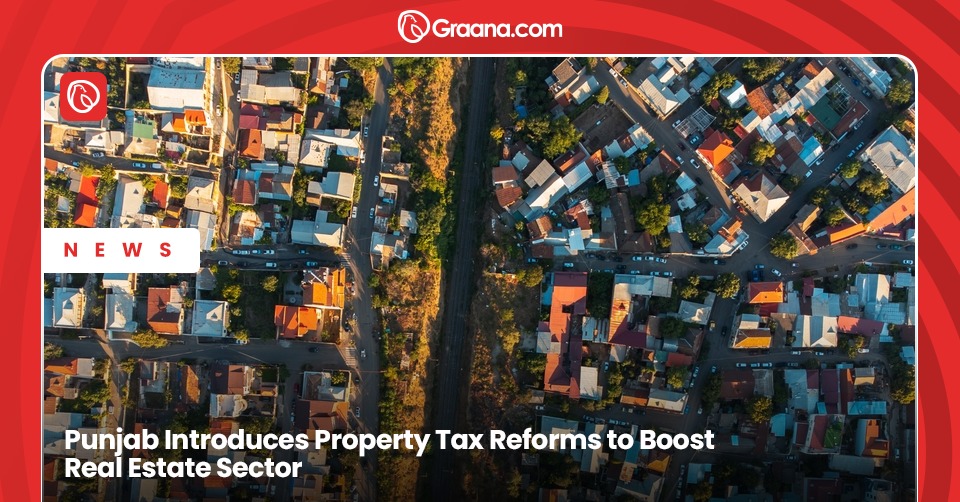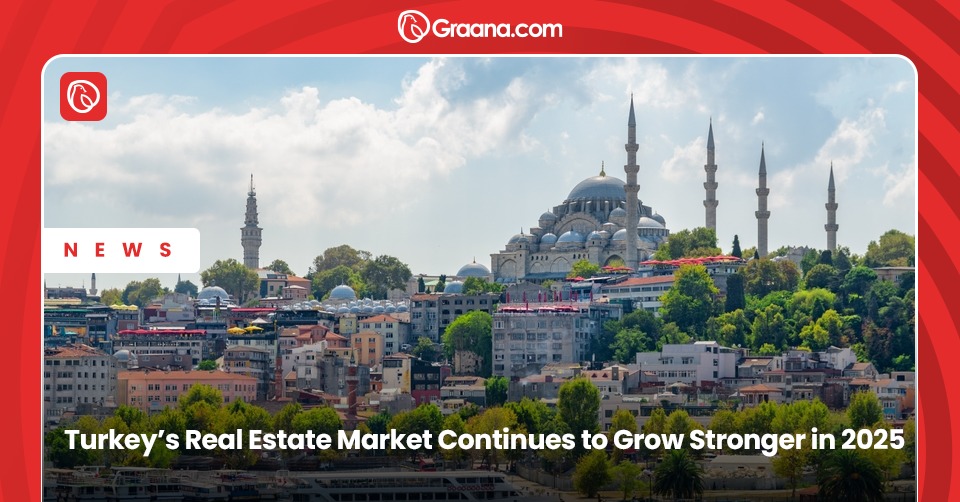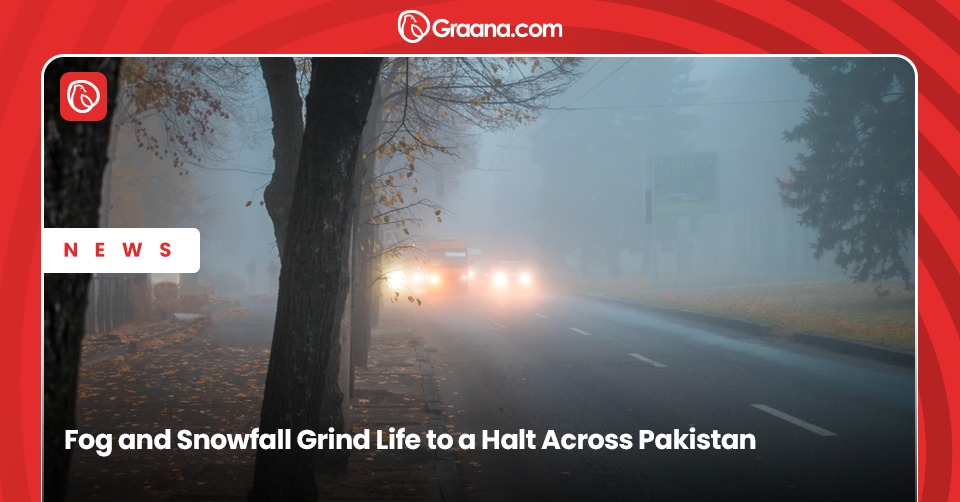Urdu Bazar is a historic centre of literature and scholarly books in Karachi that still bustles with almost chaotic energy, despite being more than half a century old. However, there is much more to it; Graana.com gives a detailed overview of its history and significance below.
About Urdu Bazar, Karachi
Urdu Bazar is located in one of the oldest and most densely populated areas of the city. You can always expect to see thousands of students and book lovers scurrying through its congested streets, in search of books and other academic materials at affordable prices.
It was established in the 1950s and is situated on M.A. Jinnah Road in Saddar Town. Due to its long history, which dates back to the Mughal era, it is one of the oldest bookstores not just in Pakistan but in the entire subcontinent as well.
Even though it has not been maintained well over the years, it is still regarded as the go-to place for finding a variety of material, from children’s books to biographies of notable figures, or from volumes on Islamic theology to scholarly literature.
Additionally, there are numerous stationary stores, paper wholesalers, and small printing presses, among many others, at the market.
History of Urdu Bazar
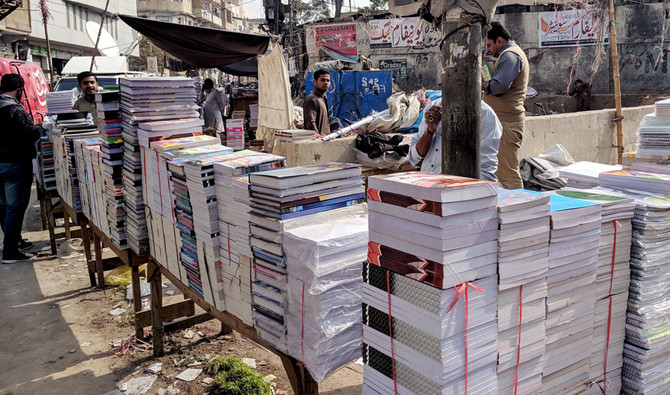
Most historians agree that Delhi, the imperial capital of the Mughals, was the birthplace of the first Urdu Bazar. Since the Persian term ‘bazar’ means ‘market’ and the word ‘Urdu’ is a derivative of the Turkish word for ‘army’ or ‘armed forces’, it is believed that this market was established around the time Urdu started to gain popularity in the region after the arrival of Muslim armies.
Near the Red Fort in Delhi, the Urdu Bazar attracted a number of authors, travellers, academics, poets, and researchers from all over the subcontinent and beyond.
According to the records, however, most sections of the market were destroyed during the War of Independence in 1857. However, it gradually expanded in the following years, and the old bookshops were replaced by vendors selling fragrances, fabric and other products.
After the subcontinent was divided and Pakistan was formed in 1947, a small market that was modelled after the original Urdu Bazar was established in Karachi. It was a tiny market with 15 to 20 stalls, the majority of which were operated by immigrants who had fled their home countries to come to the young nation.
The market was moved to its current location on M.A. a few years later. Saddar’s Jinnah Road was already the most well-known commercial area in Karachi. Over time, the market started to grow. Most of the bookstores in Karachi’s Urdu Bazar are still managed by immigrants of the second and third generations.
Similar marketplaces have developed in other Pakistani cities after the country’s independence. They are also somewhat dated, such as the ones in Rawalpindi, Multan, and Peshawar. The New Urdu Bazar in Gulshan-e-Iqbal and another in Nazimabad are the most well-known examples of such markets that have been established in Karachi.
Present-Day Urdu Bazar
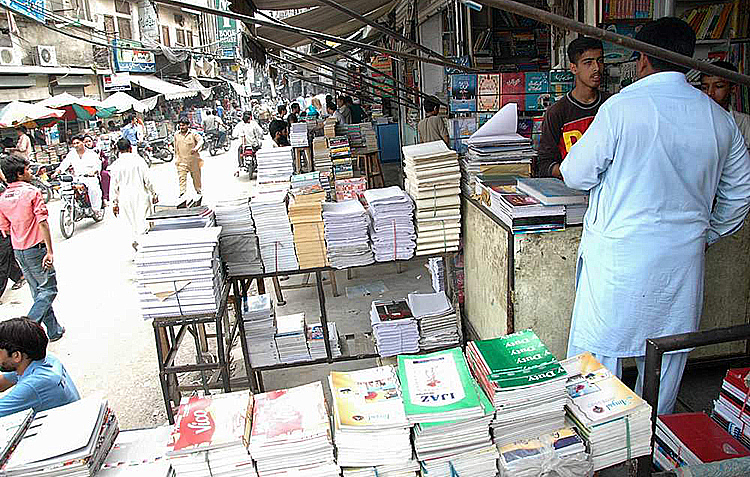
Urdu Bazar has changed over the years from being just a collection of bookshops to the centre of all printing and publishing-related business in the area.
Every subject’s course materials, including used textbooks by foreign authors that originally cost several thousand rupees, are readily available to students here. In addition to academic publications, you can also find samples of past exams and study guides for virtually every subject taught in institutions across Pakistan.
Urdu Bazar also has a ton of resources available for the SAT, GRE, or CSS examinations. Moreover, it also has assessments in foreign languages.
The biggest highlight of this marketplace is its enormous collection of Urdu books. Every published Urdu author can be found in this thriving book industry. In fact, if you dig through the piles of antique books and manuscripts, you might even find some rare, century-old editions of famous works or priceless, long-lost manuscripts. It wouldn’t be surprising if you even come across a priceless first edition.
It’s also important to note that you can purchase these books in Urdu Bazar at affordable prices.
It is also common to print books, journals, posters, brochures, banners, and even wedding invitations at Urdu Bazar. Children’s school supplies, such as stationery and art supplies, are also sold here. Graduate and postgraduate students, particularly those studying medicine, can buy supplies and resources at Urdu Bazar as well.
Most of the vendors in Urdu Bazar have also started offering free home delivery services throughout the city. This also includes a cash-on-delivery option for the convenience of the customers. This is because a number of larger bookshops have popped up in Lahore over the past few years that are offering the same services as most people prefer buying books online.
Places Near Urdu Bazar, Karachi
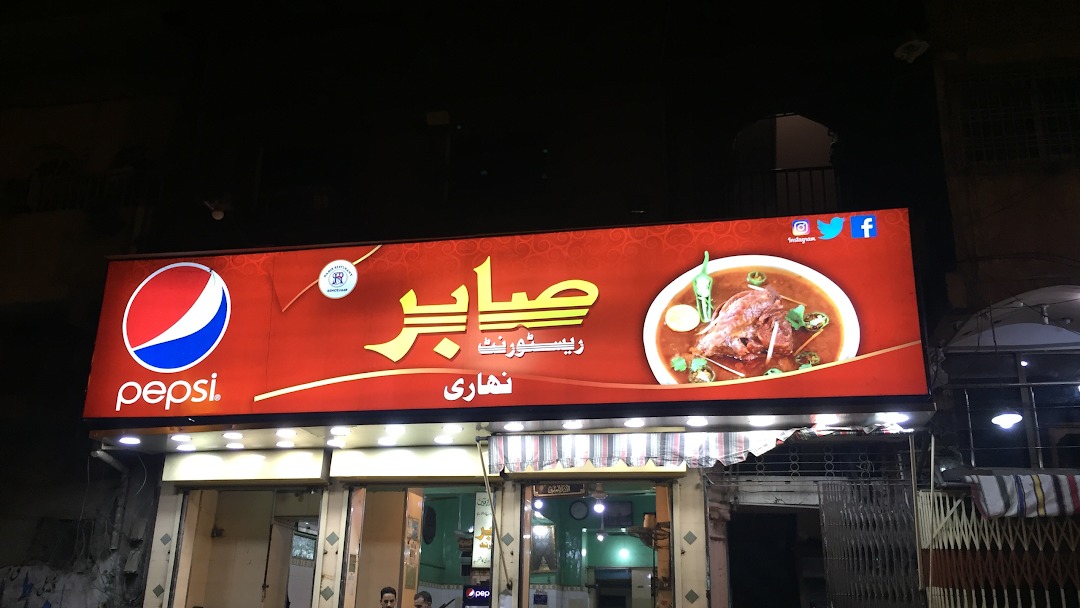
Urdu Bazar, Karachi is surrounded by many notable areas, some of which are mentioned below.
- Cairo Clifton
- Delhi Kabab House
- Sabir Restaurant
- Welcome Book Port
- Pizza Max
- Jama Cloth Market
| Key Area | Distance From Urdu Bazar, Karachi |
| National Museum of Pakistan | 1.0 km |
| Frere Hall | 2.6 km |
| Atrium Mall | 2.1 km |
| Empress Market | 1.7 km |
For more related information, visit Graana Blog.
